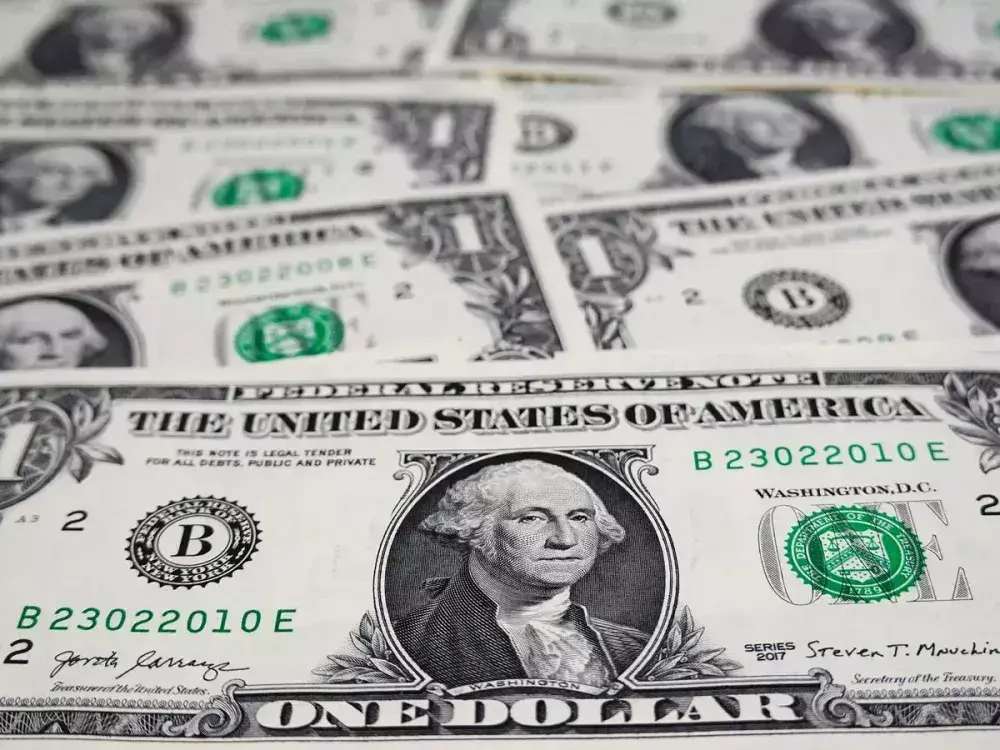
US Dollar near 3-year low as rate-cut bets, tariff fears rise
The US dollar has plummeted to a 3-year low, with the US Dollar Index (DXY) trading at 97, as the likelihood of a rate cut by the Federal Reserve increases amid weak GDP data and criticism from President Trump. The dollar’s decline has been fueled by a combination of factors, including rising rate-cut odds, tariff uncertainty, and declining global trust in the US currency.
The DXY, which tracks the value of the US dollar against a basket of six major currencies, has been declining steadily over the past few weeks, with the latest drop being the largest in three years. The index has lost over 2% of its value since the beginning of the month, with many analysts predicting further declines in the coming days.
One of the main drivers of the dollar’s decline is the increasing likelihood of a rate cut by the Federal Reserve. The Fed has been under pressure to cut interest rates in response to slowing economic growth and a decline in inflation. Last week’s GDP data showed that the US economy grew at an annual rate of just 2.1% in the second quarter, down from 3.1% in the first quarter.
In addition to the weak GDP data, President Trump has also been critical of the Fed, calling for a rate cut to boost the economy. Trump’s criticism has increased the likelihood of a rate cut, with many analysts now pricing in a 25 basis point cut at the Fed’s September meeting. According to data from the CME Group, the odds of a 25 basis point cut are now 72%, up from 50% just a few weeks ago.
The dollar’s decline has also been fueled by tariff uncertainty. The ongoing trade tensions between the US and China have created uncertainty for investors, leading many to seek safer assets such as the Japanese yen and the Swiss franc.
Another factor contributing to the dollar’s decline is declining global trust in the US currency. The US dollar has long been considered a safe-haven currency, but its decline in value has led many investors to question its status. The dollar’s decline has also led to a decline in the value of other major currencies, such as the euro and the pound.
Despite being the leading currency in global payments, the US dollar’s sentiment is fragile. The dollar’s decline has led to a decline in the value of many US assets, including stocks and real estate. The decline in the value of these assets has led to a decline in consumer spending, which is a major driver of the US economy.
A soft reading on the personal consumption expenditures (PCE) index, which is the Fed’s preferred measure of inflation, may also worsen the dollar slide. The PCE index has been trending downward in recent months, and a soft reading could lead the Fed to cut interest rates even further.
In conclusion, the US dollar is near a 3-year low due to a combination of factors, including rising rate-cut odds, tariff uncertainty, and declining global trust. The dollar’s decline has led to a decline in the value of many US assets, and a soft reading on the PCE index could lead to further declines in the coming days.






